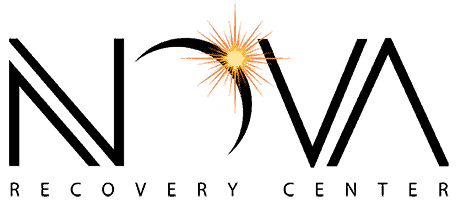Prescription Stimulant Addiction: Side Effects & Treatment
GET HELP TODAY!
100% Confidentiality Guaranteed


Table of Contents
What are Prescription Stimulants?
You can only obtain prescription stimulants with a prescription from a doctor. These drugs are well-named. They work by “stimulating” different body processes.
They increase dopamine and norepinephrine activity in the brain. This leads to higher blood pressure, heart rate, blood flow, and blood sugar. In addition to increasing alertness, energy, and attention, prescription medication also produce a feeling of euphoria.
- Amphetamines (Adderall and Dexedrine): Used to treat ADHD
- Methylphenidate (Ritalin and Concerta): Used to treat narcolepsy or depression
Prescription stimulants usually come in pill form. However, some people misuse them. They may crush the pills and snort the powder. Others might mix the powder with water or alcohol and inject it to get high.
If alcohol is part of the picture: ADHD and Alcohol — Risks & Interactions for what to know about drinking with ADHD and medications.
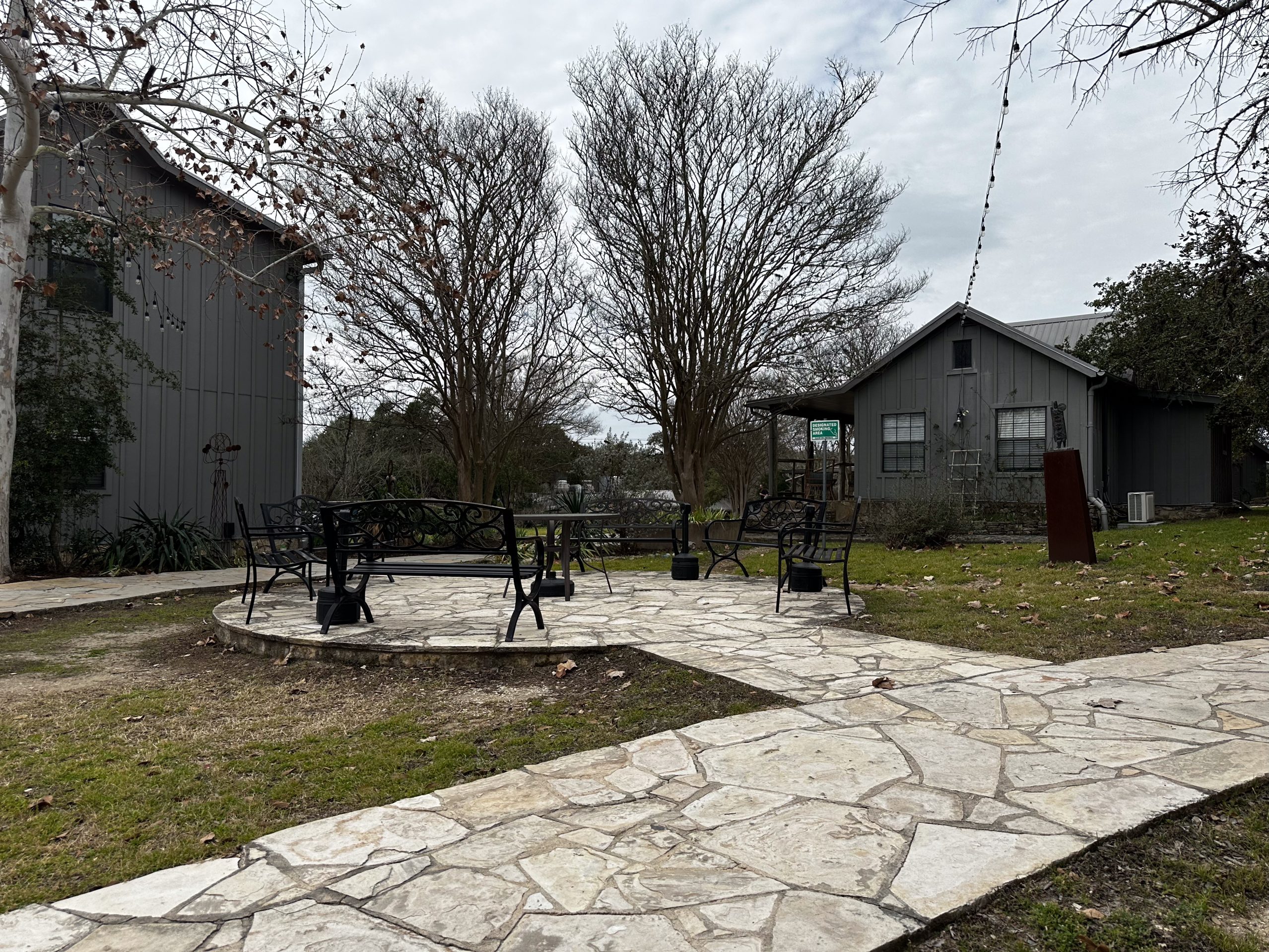

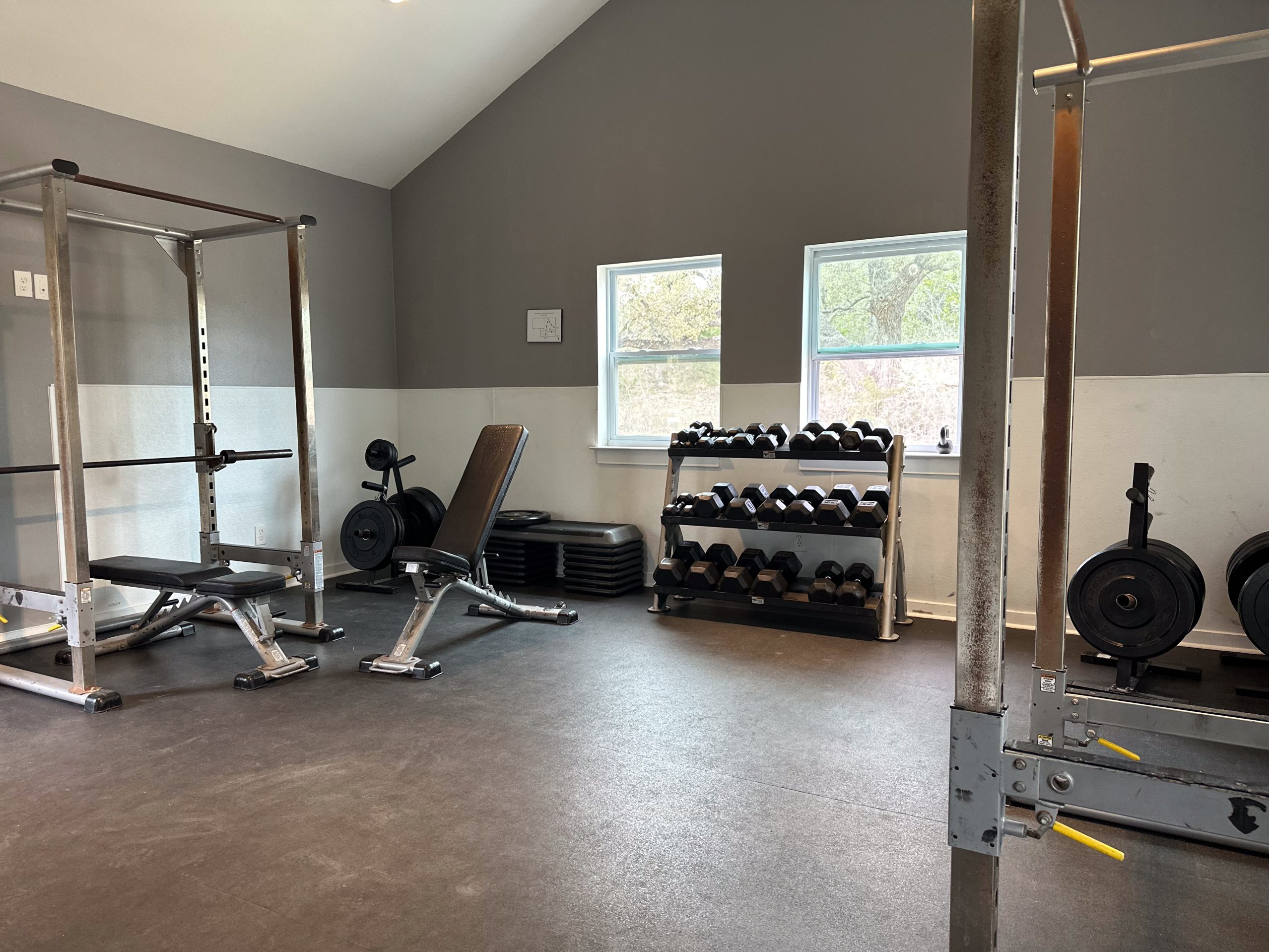



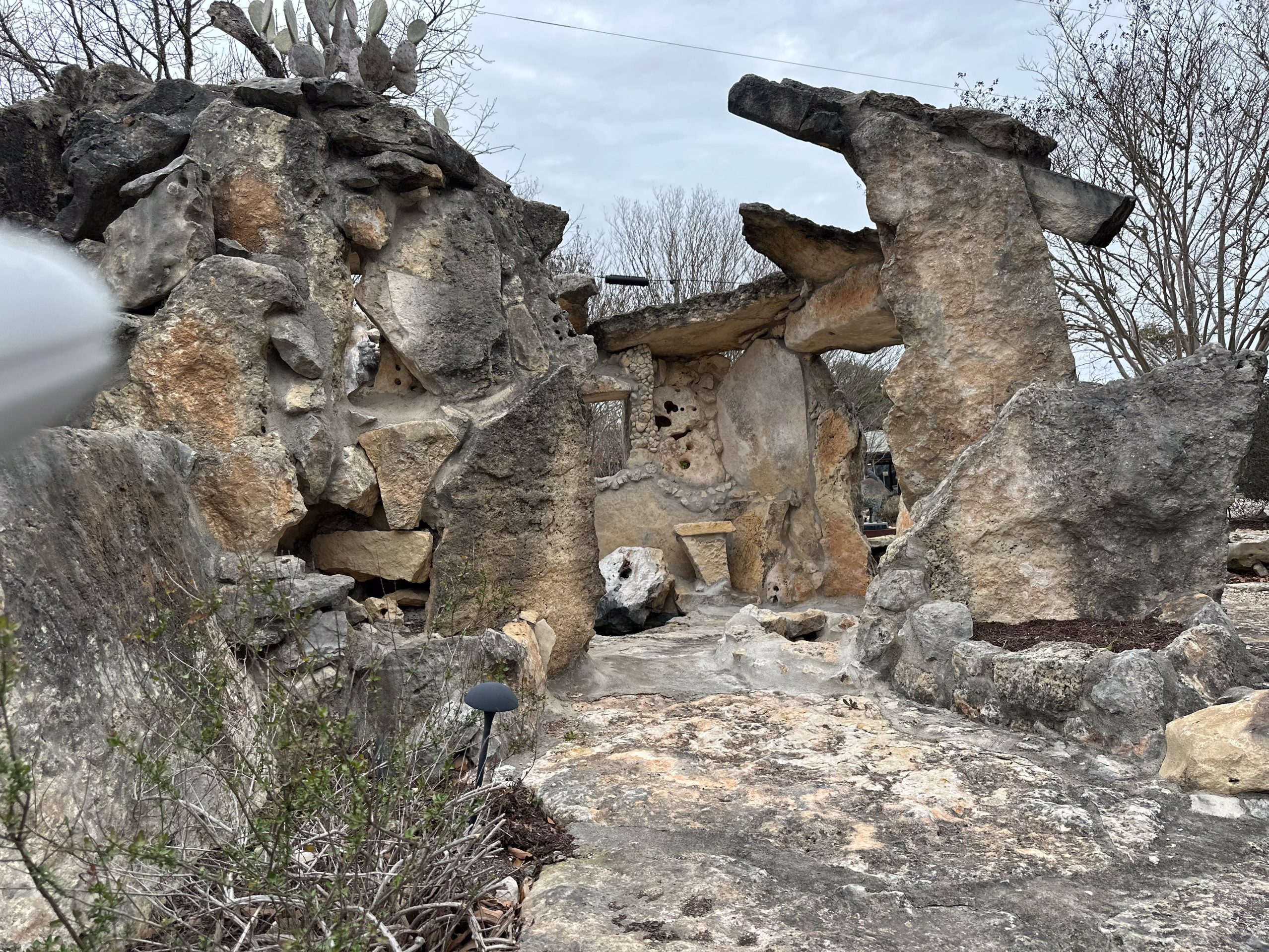

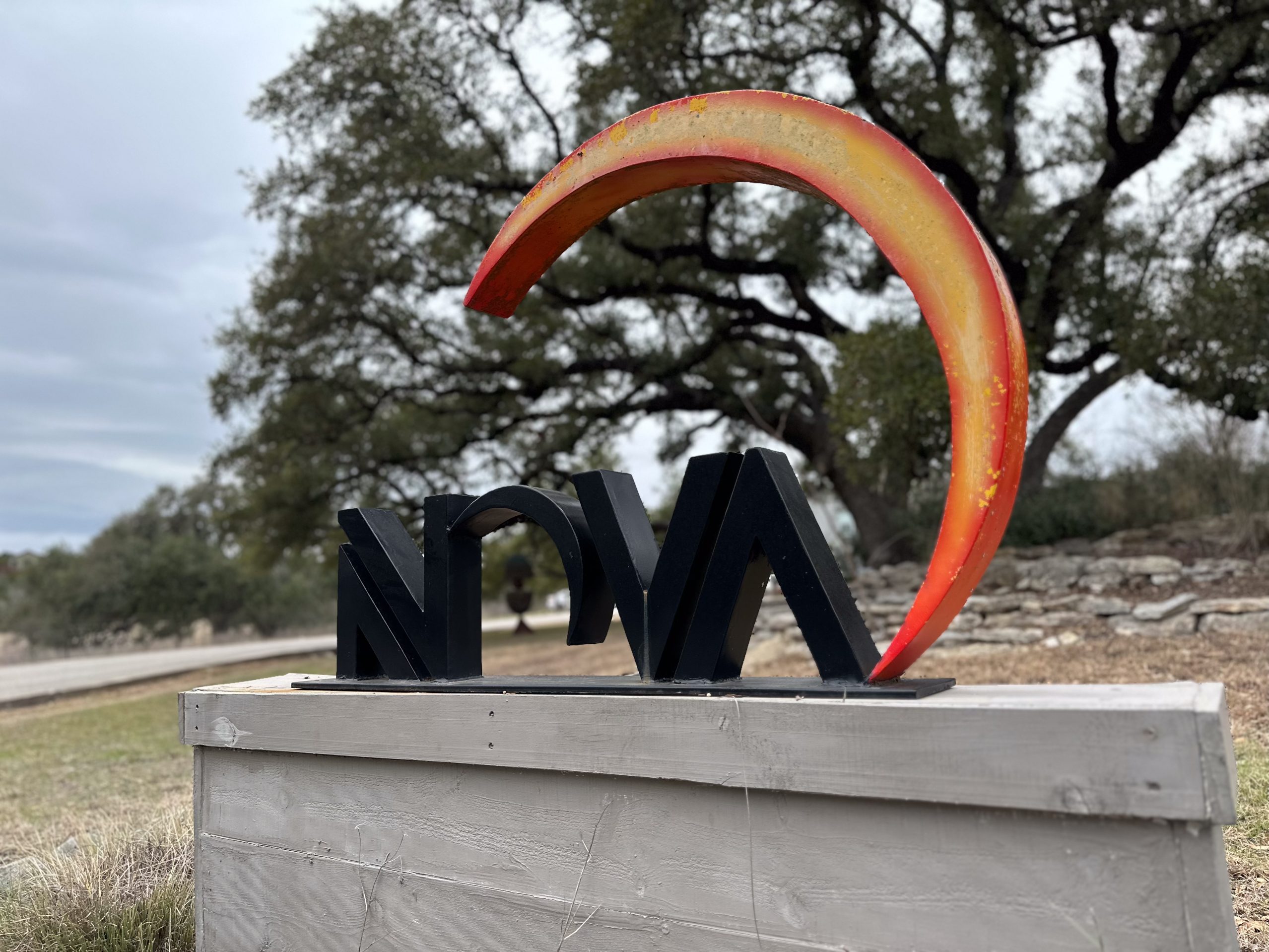

Many people misuse these pills. They may take someone else’s prescription.
Some use the pills to get high. Others take them to perform better at work or school. Some mix the pills with alcohol or other drugs.
Prescription stimulants can be extremely addictive, especially if you abuse them on a long-term basis. The DEA classifies these drugs as Schedule II substances. Long-term use can lead to physical tolerance, dependence, and Substance Use Disorder (SUD). It can also cause serious psychological issues.
What Are the Side Effects of Prescription Stimulant Addiction and Abuse?
Some of the most harmful side effects of stimulant abuse are:
- Irregular heartbeat
- Increased blood sugar
- Increased heart rate and blood pressure
- Increased respiration
- Dramatic behavioral changes
- Nausea and vomiting
- Malnutrition
- Stomach pain
- Digestive issues
- Circulation problems
- Seizures
- Stroke
- Heart failure
Freedom Starts Here. Take Back Your Life Today.
Same-Day Admissions in Austin Available.
What Are Common Signs and Symptoms of Prescription Stimulant Addiction and Abuse?
If you believe a loved one is abusing prescription stimulants, certain signs and symptoms may give it away. Some common physical signs of prescription stimulant abuse and misuse may include:
- Paranoia
- Picking at the skin
- Increased talkativeness and/or sociability
- Violent or erratic behavior
- Extreme self-confidence
- Decreased appetite/ weight loss
- Dilated pupils
- Auditory and visual hallucinations
If a person is addicted to prescription stimulants, you may also notice that they do some or all the following things:
- Visiting several different doctors to get prescriptions for stimulants
- Taking or buying prescription stimulants from a friend or family member
- Self-medicating with prescription stimulants
- Taking larger or more frequent doses of prescription stimulants than recommended
- Using prescription stimulants with alcohol or other drugs
- Stealing prescription stimulants from a pharmacy, hospital, or doctor’s office
If alcohol is part of the picture, here’s what happens when you mix Adderall and alcohol.
What Are Legal and Physical Consequences of Prescription Stimulant Abuse?
Just because prescription stimulant drugs are legal, doesn’t mean there are no consequences for abusing them. On the contrary, prescription drug abuse comes with many severe and life-changing consequences, like:
- Getting a DUI – If you drive under the influence of prescription drugs, you can get a DUI. This can lead to substantial fines or even jail time.
- Jail time – If you choose to forge prescriptions for yourself or someone else, you can get a six to 12 month-sentence in jail.
- Felony charges – Sharing your prescription stimulants with anyone not named on the bottle is a felony. This will also affect future employment and education opportunities and will stick with you for life.
- Financial problems – If you spend all your money on prescription stimulants from a dealer, you will face financial issues. These problems can be hard to recover from.
- Adderall
- Dexedrine
- Ritalin
- Concerta
Commonly Abused Prescription Stimulants
Some of the most common types of prescription stimulants include:
Methamphetamine
Modafinil (Provigil)
What Are Prescription Stimulant Withdrawal Symptoms?
If someone abuses prescription stimulants for a long time or in large quantities, they are likely to develop a physical dependence on the drugs. Therefore, when they try to quit or abruptly stop using stimulants, they’ll experience uncomfortable withdrawal symptoms.
Common prescription stimulant withdrawal symptoms include:
- Dysphoric mood
- Anxiety
- Agitation or irritability
- Fatigue
- Unpleasant dreams
- Insomnia or excessive sleep
- Increased appetite
- Depression
- Chills
- Cravings
- Memory problems
Freedom Starts Here. Take Back Your Life Today.
Same-Day Admissions in Austin Available.
Stimulant Withdrawal Timeline
If you’re struggling with stimulant addiction, you might be wondering how long stimulant withdrawal lasts. After all, it can be a major deterrent to getting sober for many people.
Generally speaking, the duration and severity of stimulant withdrawal symptoms vary from person to person. It also mainly depends on the type of stimulant(s) they misuse. It also depends on how often they use them and how much they take each time. Other factors include whether they are using other substances and individual differences.
However, despite these differences, stimulant withdrawal generally follows the timeline below.
1-3 days after the last dose
After you stop using stimulants, you’ll experience a “crash.” Symptoms often include anxiety, agitation, and strong cravings. After this initial crash, you’ll likely feel exhausted and depressed. You might also experience some eye twitching, uncontrollable jerky movements, feel extremely irritable, become paranoid, or experience delusions.
4-10 days after the last dose
people typically experience extreme exhaustion and fatigue during this stage of stimulant withdrawal. However, it’s normal to experience insomnia too. Additionally, after about 7 days of stimulant withdrawal symptoms, most people start feeling better and the symptoms subside. However, your cravings may intensify and some people develop severe depression.
11-17 days after the last dose
Insomnia may persist, even after you complete a stimulant detox program, and you may still feel depressed. Many people also experience mood swings.
Even 18 days after stopping stimulants, you may still have withdrawal symptoms. We call these PAWS. These symptoms are typically mild and will continue to fade with time. Depression and cravings may also linger, which may require professional treatment.
Prescription Stimulant Detox Programs
Stimulant detox and withdrawal can be extremely difficult to complete on your own. Stimulant withdrawal symptoms can be extremely uncomfortable. Because of this, many people start using stimulants or other drugs again to avoid the pain.
If you aim to get sober for good, a stimulant detox program can help. Medically-assisted stimulant detox provides round-the-clock medical and clinical monitoring and medicated treatment to reduce the severity and discomfort of stimulant withdrawal. This can also help you stay sober even through the worst of it.
Although stimulant detox will help you get through withdrawal, it’s not a cure for stimulant addiction. You will probably need to join a stimulant treatment program in rehab.
This will help you address the causes of your addiction. Therapy will also help you change harmful behaviors. After you finish stimulant detox, your treatment team can give you trusted referrals. They can help you find structured stimulant treatment programs, like inpatient or outpatient rehab.
Treatment Options for Prescription Stimulant Addiction
Prescription stimulant addiction is a significant public health issue in the U.S. A long-term treatment plan can help. This plan includes drug detox, residential rehab, sober living, and aftercare. These steps are effective for overcoming prescription drug abuse and addiction.
Residential stimulant rehab is also often best for people with severe addiction. It offers strong support and structure during early recovery. Otherwise, outpatient stimulant rehab is a great option for those who need to work or attend school while they complete rehab.
Depending on what type of stimulant rehab you choose, the cost can vary greatly. However, there are many different ways to pay for stimulant rehab, including (but not limited to):
- Health insurance benefits
- Employee Assistance Programs (EAPs)
- Financed healthcare loans
- HSA funds
- Medical credit cards
- Scholarships and grants
- Personal loans from family or friends
After rehab, joining a sober living home can help you adjust to your new sober life. It offers a safe, affordable, and supportive place to live. Many sober living homes also provide recovery support services like:
- Drug testing
- Peer recovery support programming
- Employment assistance
- Volunteer placement
- Educational planning
The recovery process is ongoing. It must continue even after professional stimulant treatment ends. Additionally, with the right support, lasting sobriety is possible. Call Nova Recovery Center today to learn more about our drug rehabilitation program for adults.
Understanding Stimulant Drugs: Common Types, Risks, and Treatment
What are the common stimulant drugs?
Common stimulant drugs include prescription medications like Adderall, Ritalin, and Dexedrine, as well as illicit substances such as cocaine and methamphetamine. These drugs increase alertness, focus, and energy but carry a high risk of dependence and abuse.
Which of the following are stimulants?
Examples of stimulants are amphetamines, methylphenidate, and cocaine. Even legal substances such as caffeine and nicotine fall into the stimulant category because they stimulate the central nervous system.
What is the meaning of stimulant drugs?
Stimulant drugs are substances that increase brain activity, elevate mood, and boost energy. While sometimes prescribed to treat ADHD or narcolepsy, misuse of stimulants can quickly lead to tolerance, addiction, and dangerous health consequences.
What drugs are uppers?
“Uppers” is a common term for stimulants such as cocaine, methamphetamine, and prescription ADHD medications. These drugs can create feelings of euphoria and energy but often result in harmful side effects and long-term health risks.
What stimulants are prescribed?
Prescribed stimulants include Adderall, Ritalin, Concerta, and Vyvanse. Doctors may recommend these medications for ADHD or sleep disorders, but misuse outside medical guidance poses serious addiction risks.
What are the 7 common stimulant drugs?
The seven most common stimulants are Adderall, Ritalin, Vyvanse, Dexedrine, Concerta, cocaine, and methamphetamine. Each carries potential for misuse, dependence, and withdrawal symptoms.
What is the most popular stimulant used today?
Prescription stimulants like Adderall and Ritalin are among the most widely used. However, caffeine remains the most commonly consumed stimulant worldwide.
What are the symptoms of stimulant toxicity?
Symptoms of stimulant toxicity include rapid heartbeat, high blood pressure, chest pain, agitation, paranoia, seizures, and in severe cases, cardiac arrest. Immediate medical attention is required.
What does addiction to stimulants look like?
Stimulant addiction may appear as compulsive drug-seeking, extreme mood swings, inability to sleep, weight loss, and neglect of personal responsibilities. Over time, physical and mental health both deteriorate.
What are the side effects of being on a stimulant?
Short-term side effects include insomnia, anxiety, increased heart rate, and decreased appetite. Long-term misuse can lead to cardiovascular problems, mental health disorders, and severe dependence.
How is stimulant addiction treated?
Stimulant addiction is best treated through a combination of medical detox, behavioral therapy, and long-term rehab programs. At Nova Recovery Center, evidence-based treatment plans provide structured support for lasting recovery.
